A reading system
10 min read
I like reading and learning and I have been experimenting with different ways of making the experience more joyful and enduring. Currently, I am following a system that includes some structure that allows me to:
- Select the book I will read next
- Take notes while I am reading
- Create a summary of the book
- Remember the basic ideas
I have experimented with different techniques and tools, and I have also learnt what others use. I use them when reading business books and sometimes when reading fiction.
Select next book
I usually have more than one book in progress and I like to know what I will read next. Knowing what’s ahead grows my desire to read and makes the progress of the current book more consistent. I used to keep a list of recommended books on a text file on my laptop, but seeing the book cover adds more to “growing my desire”. I also tried keeping the list of “what’s next” on Goodreads, but I didn’t like the way the list was visualised and the mechanisms to sort it.
Currently, I use Calibre to manage my book library. It is a cross-platform open-source tool created to manage e-books. I have also added my physical books and my wish list, and I keep notes, links, ratings, and reading stats. It could make a good replacement for Goodreads. I have learnt to use cover “emblems”, small icons placed next to the covers and I use them to visualise my “reading order”. In the following picture, the number 0 means books I am currently reading, the number 1 the books that will come next, and so on until number 5. I use decimal numbers, for fine-grained sorting, but these “buckets” work for me. I currently have 56 books on my “To read” list.

Whenever I obtain a book recommendation I add it to my old text file on my laptop (I still keep it) and when I decide I will read it, I add it to Calibre. I structure my reading sequence in a way that the books “more likely” to be picked up next are at the top, but when the time to make the decision arrives, I listen to my immediate emotions not only to my structured planning. Do I prefer a novel? What’s the topic I should be learning about? What has been recently recommended? Then I select. And I make mistakes. A lot.
Taking notes while reading
I like to take notes while I am reading to remember the content and to reference it in the future. When I am reading on Kindle I highlight the parts I find interesting and when I finish the book I go through the notes to write a summary. When I use paper books I don’t write on them, so I need a different strategy.
My colleague Richard Haywood takes a post-it note and cuts it to make little tags. When reading the book he places the tags so they stick out from the pages. When he gets to the end of the book he goes through the tags and creates notes. He does it in one sitting, so he can come up with coherent notes that he can make public.
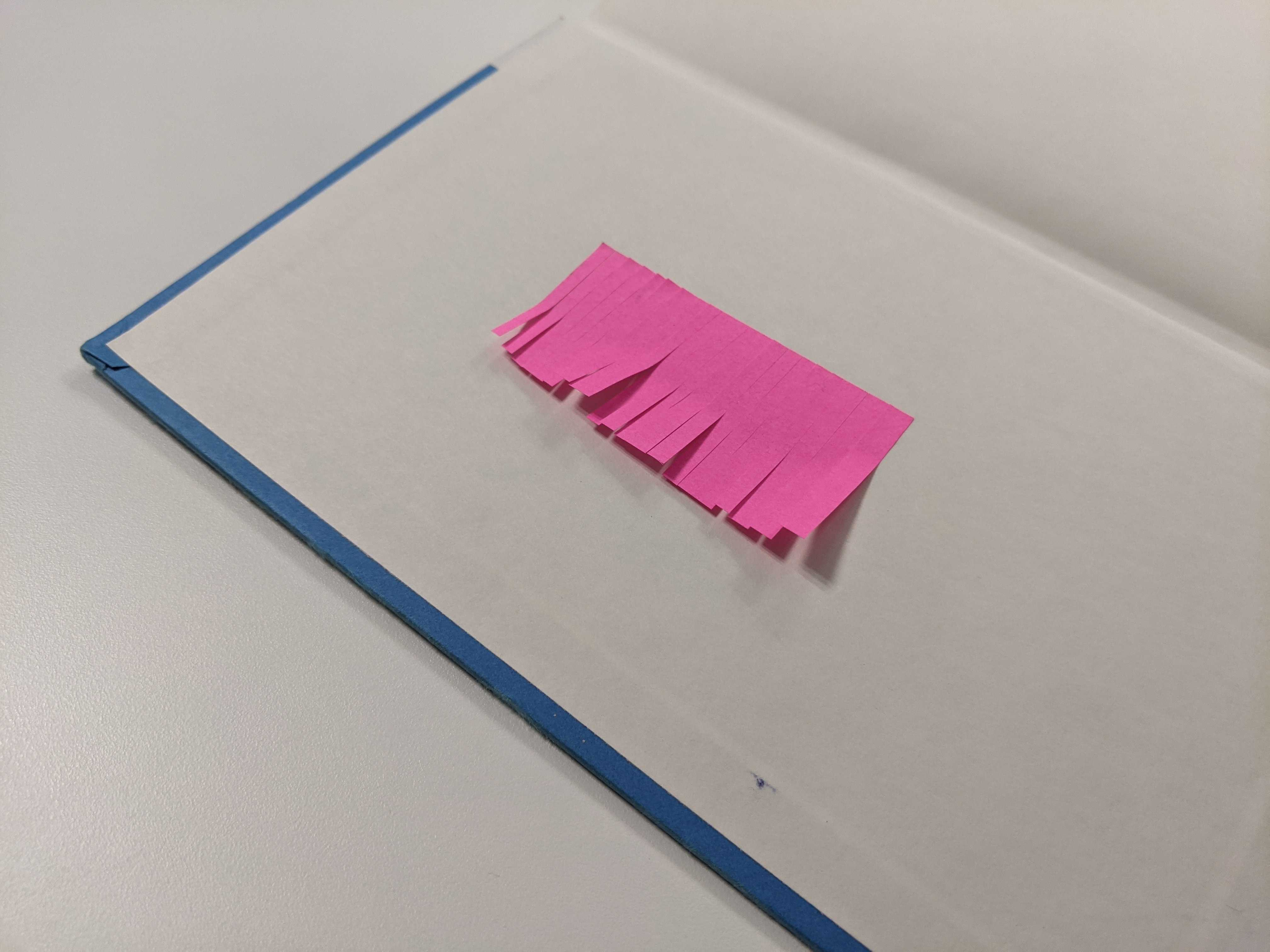
My friend Pablo Domingo uses a post-it note whenever he finds an interesting part and he creates a summary of the idea, with a drawing if possible. He places the post-it note on the page and leaves it in the book. He always reads with a pen on his hand, and I follow that advice as well.
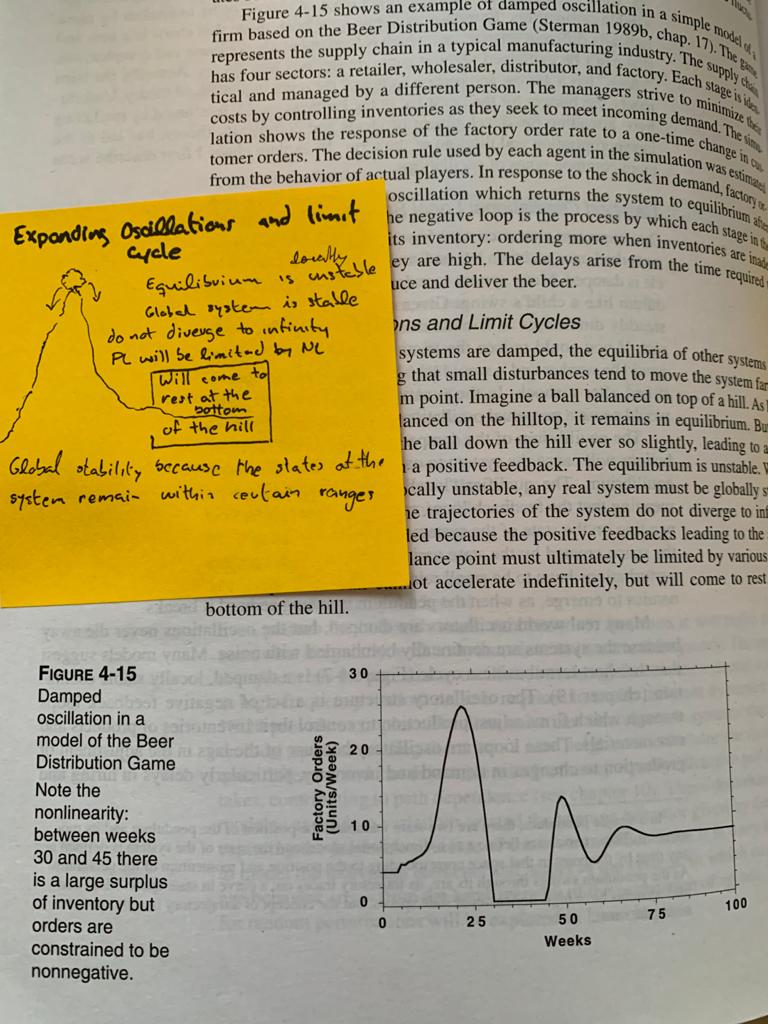
I’ve tried the same process myself, but I prefer a coherent summary to a collection of scattered notes, and I don’t have the patience for dedicating to the notes while I am reading.
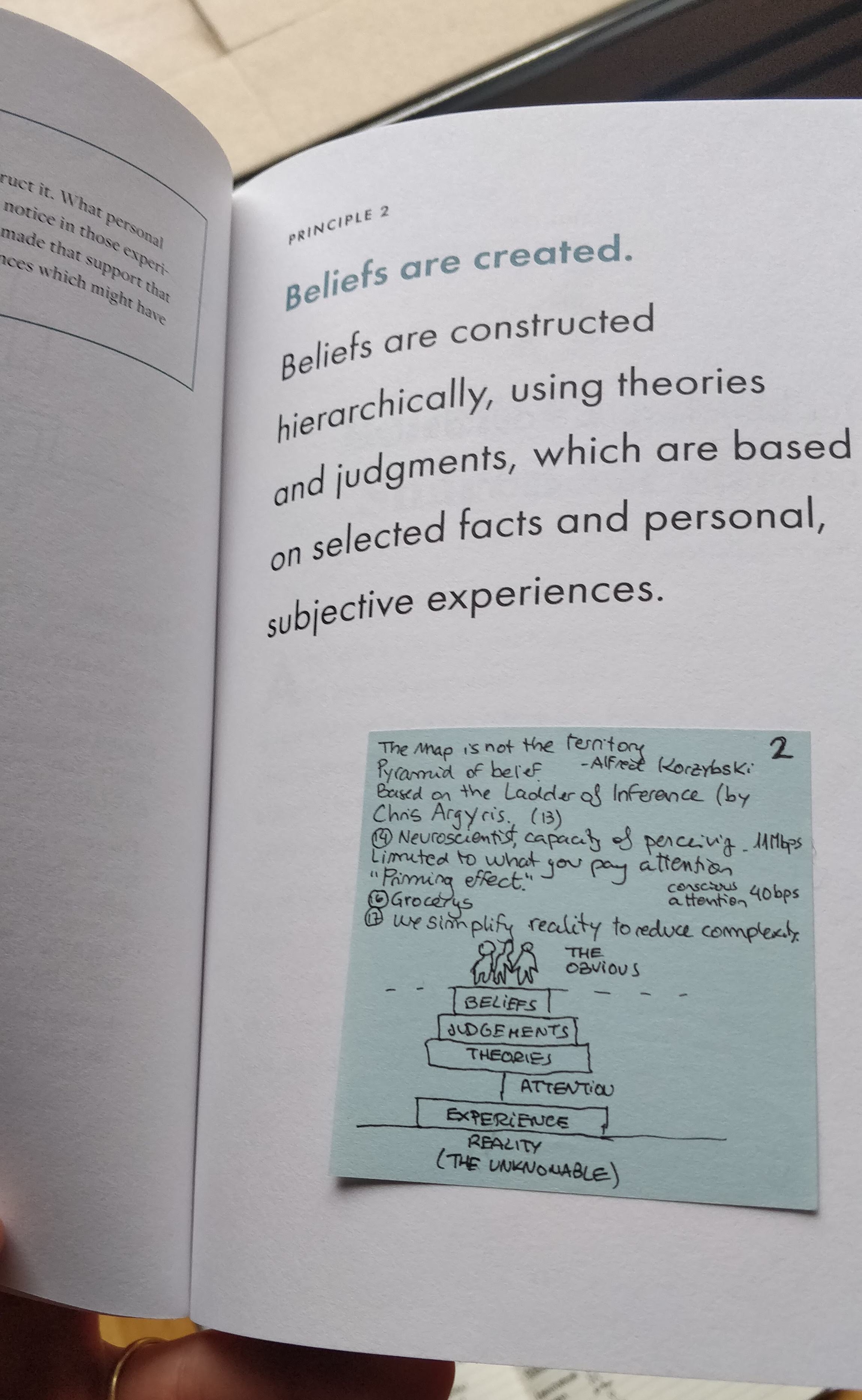
I tried to have a folded A4 paper in the book to take my notes, but what is working for me now is to use post-it notes to stick to my bookmark. When I find something interesting I write down in the post’it note the page and the idea, or the first words of the text, if I want to keep it as a quote. Sometimes I leave the notes in the book, at the end of a chapter, but I collect them all when I finish the book.
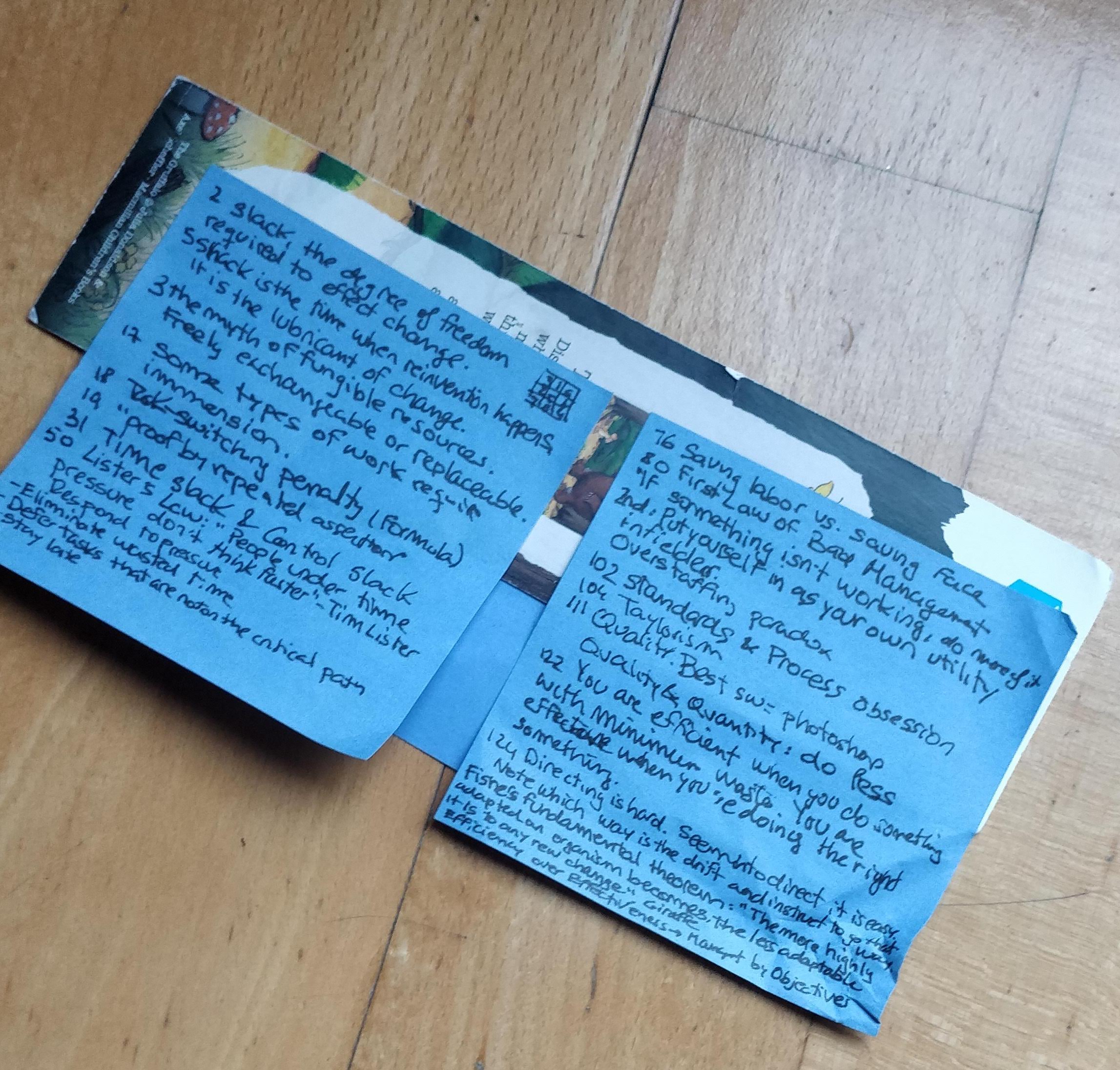
Create a summary
I borrowed the expression closing the book from Pablo Domingo. When the book is finished I like to collect my notes, create a summary, create a short review in Goodreads and archive it properly. All these things are what I call “closing the book”, and sometimes it takes me two or three hours. The most important part is the summary because that’s what I get for the future.
Richard Haywood creates his summaries with the aim that someone who has not read the book can understand them as well as himself, being able to use them for reference in the future.
I create the summaries for me. Sometimes they are no more than a collection of quotes and other times they are a very long collection of ideas, not properly condensed. I used Google Docs for my summaries but now I am using Zettlr, a Markdown editor that allows me to tag entries and link content. Sometimes I use the Zettelkasten method for my notes, as it allows me to discover relationships. I will explain it in a future article.
In the past, I liked to create my summaries as sketchnotes or mindmaps, but now I value the capacity to search them.
I started my book summaries on a medium sized ruled Moleskine.
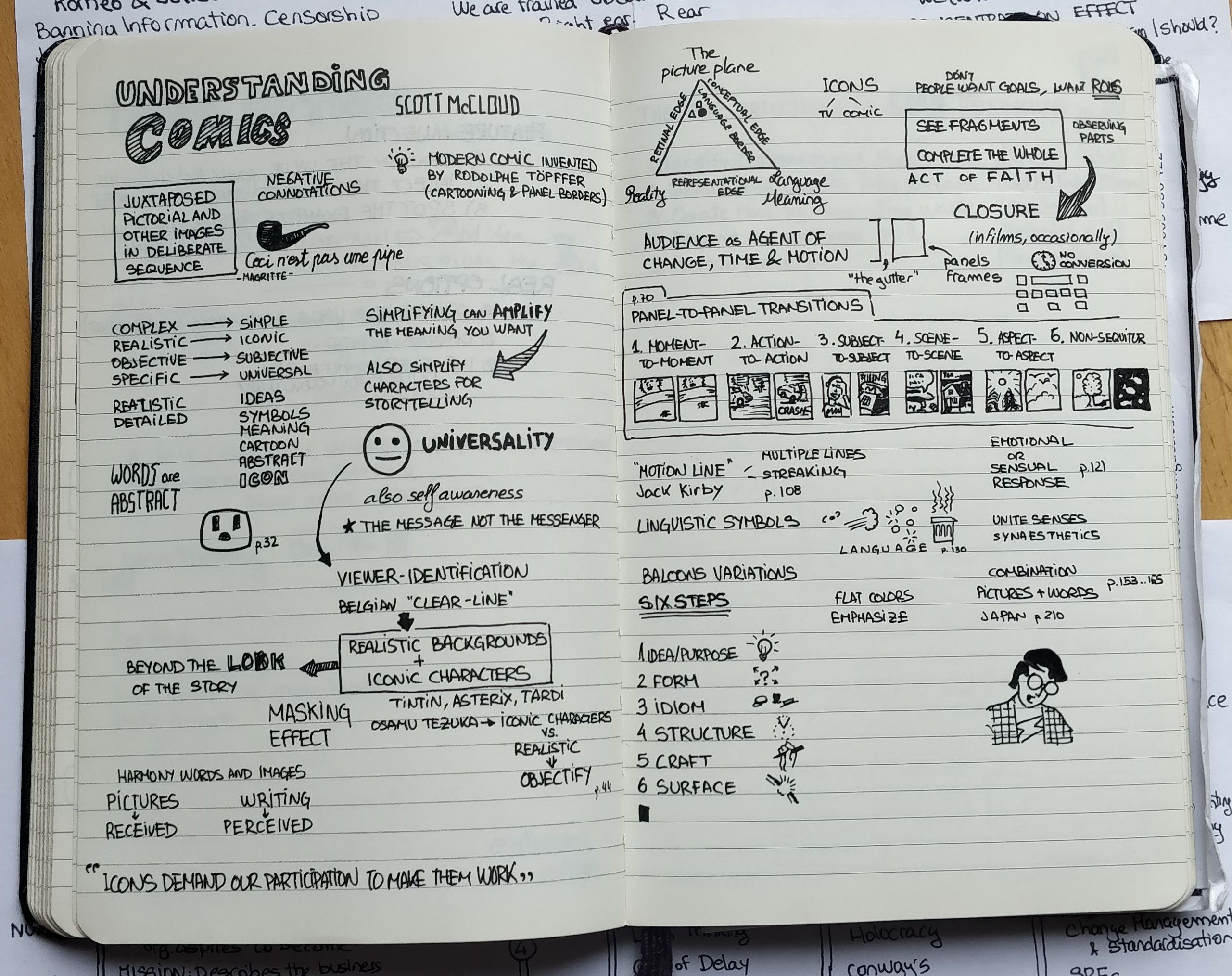
I continued with independent sheets of paper that I was writing while I was reading and keeping them in the book.
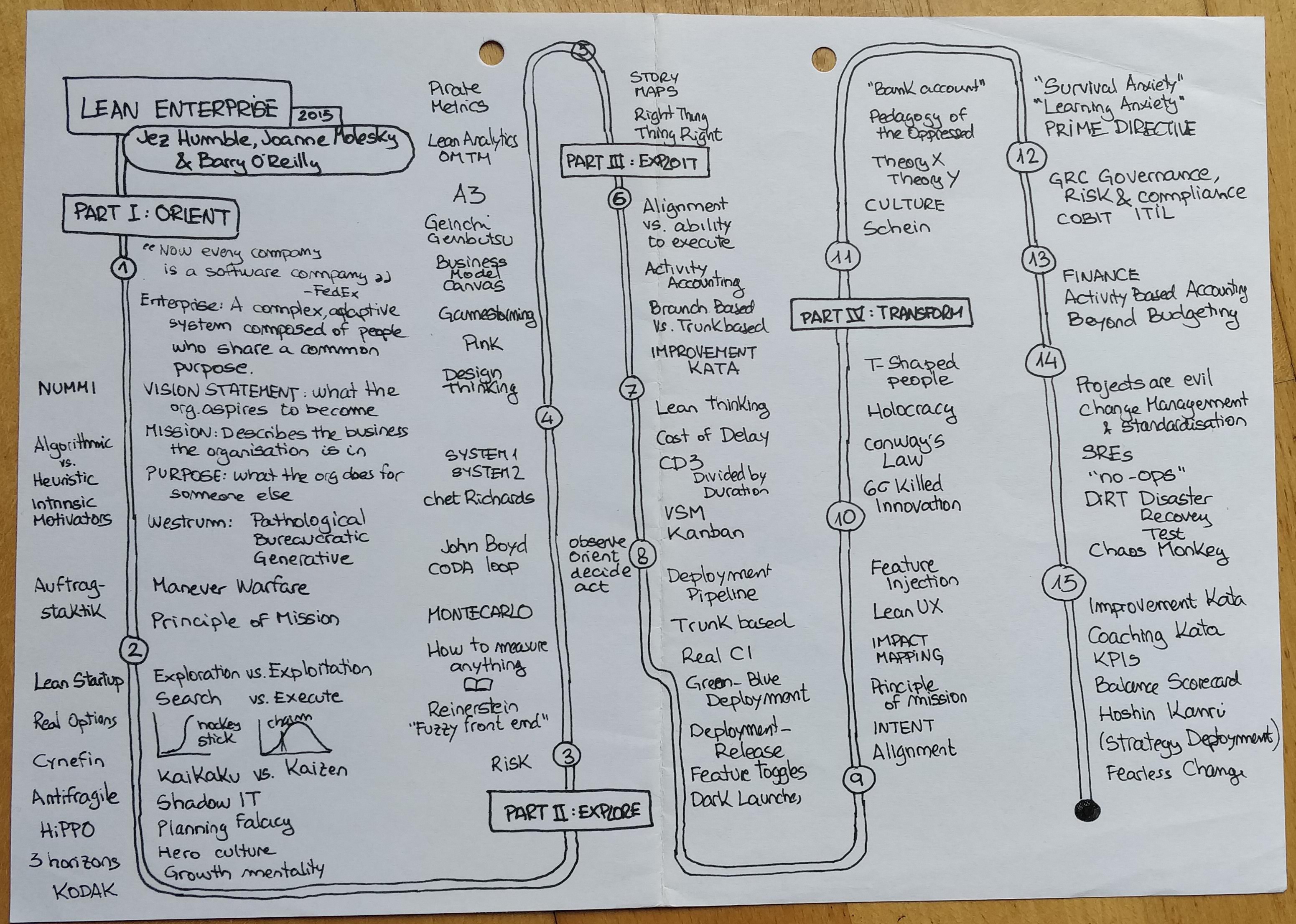
And sometimes I created a kind of mindmap with extensive text.

I liked keeping my notes in a notebook and simplifying them as much as possible, but it takes time.
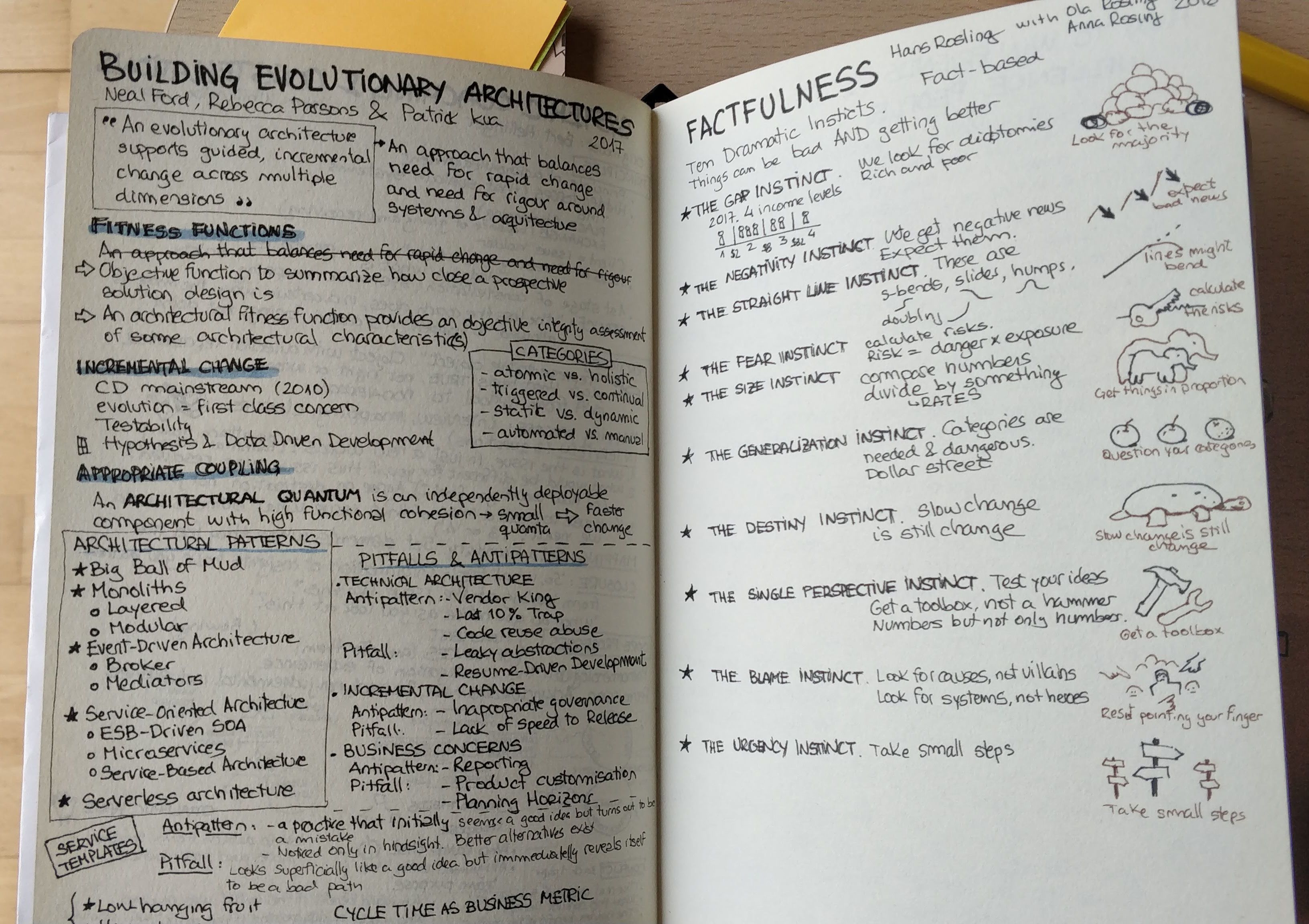
Keep it in your head
Once I finish the book, I don’t want to forget all of it, and I create flashcards. I create one or more cards for the book, with a question on one side and the answer on the other side, so I can try to remember the content in the future.
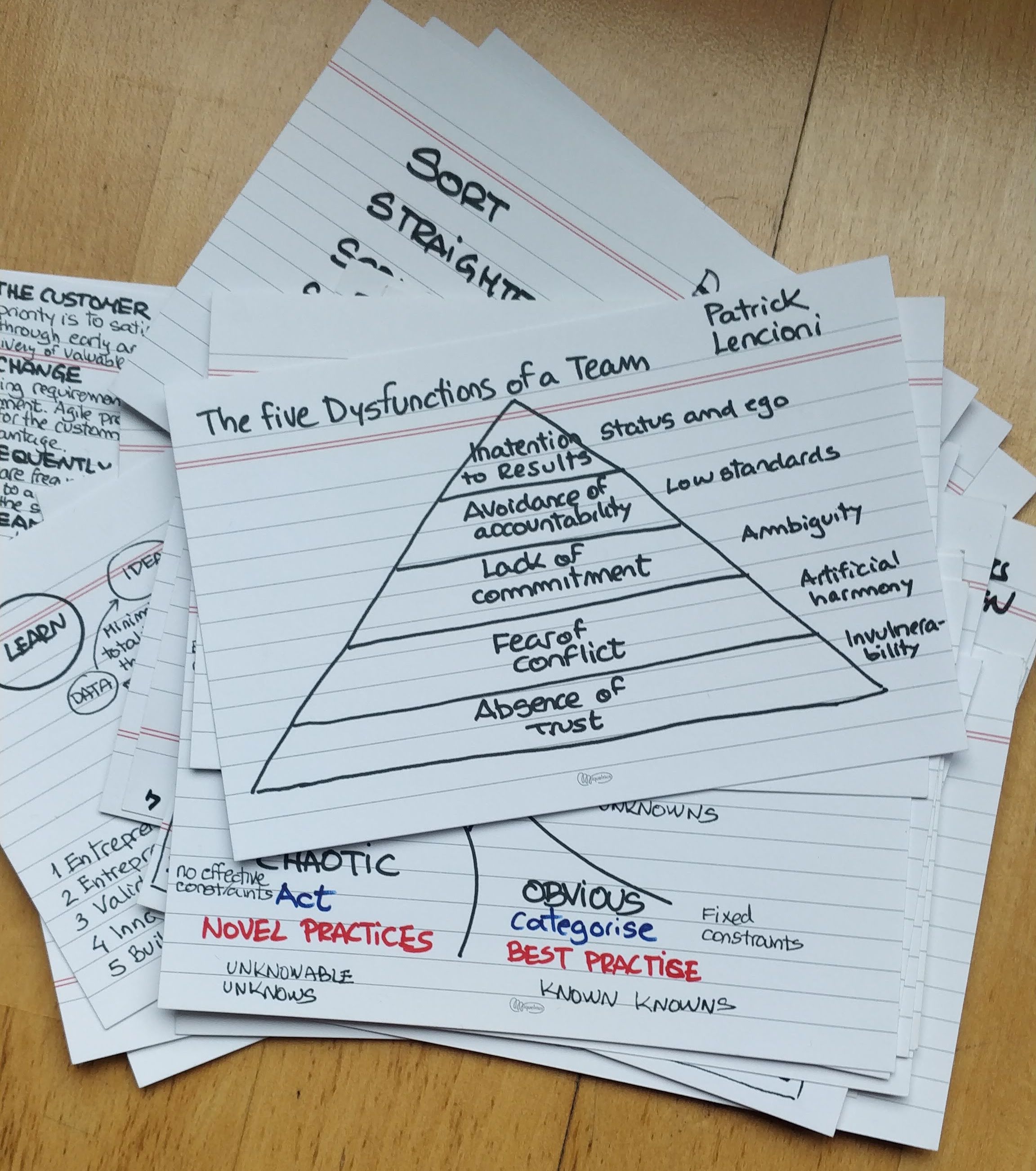
I use spaced repetition to try to recall the content. The more I know the content, the longer until I review it again. The cards I remember easily, won’t be shown until a month or more. The hard ones will be asked tomorrow. I use an application on my phone to help me with this, AnkiDroid, that I learnt thanks to Jordi Falguera. Every morning I run Anki for 10 minutes. The application selects some of my cards and shows me the title. I have to remember the content and the application asks me how good I was with the card. If it was easy for me, it won’t be shown again in a few days, but if I fail it will repeat the card in the same session and tomorrow.

This is a habit that I have stopped since the Coronavirus crisis started, I am afraid.
Reading, for me, is not only going through the pages of the book. I also enjoy taking notes and sharing what I’ve learnt.
Happy reading.
Toni Tassani — 16 May 2022
This article was originally published on 26 April 2021 on the company intranet.
2022 update
I still don’t use Anki and have also stopped using Goodreads, completely replace by Calibre.